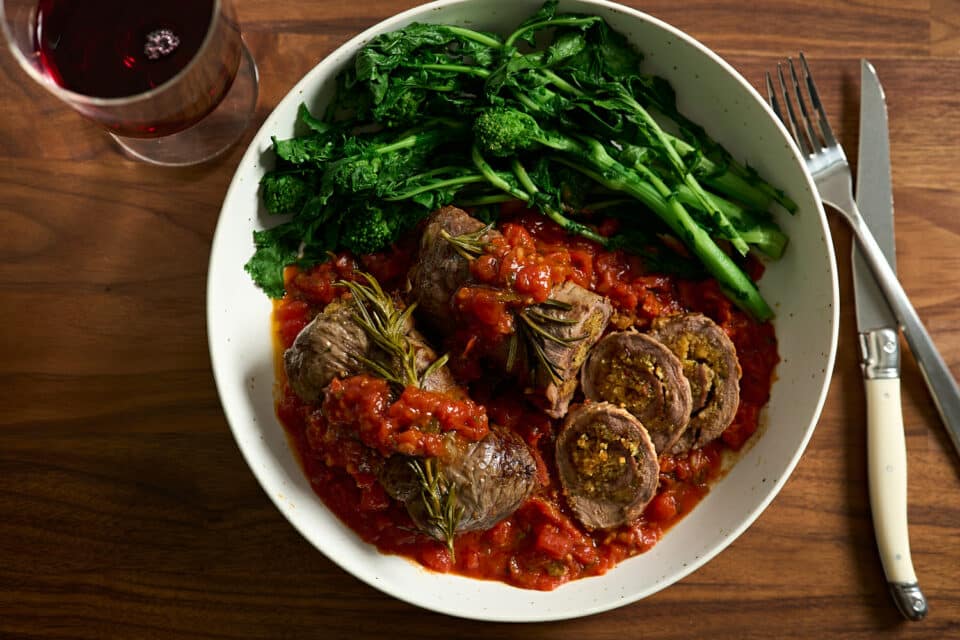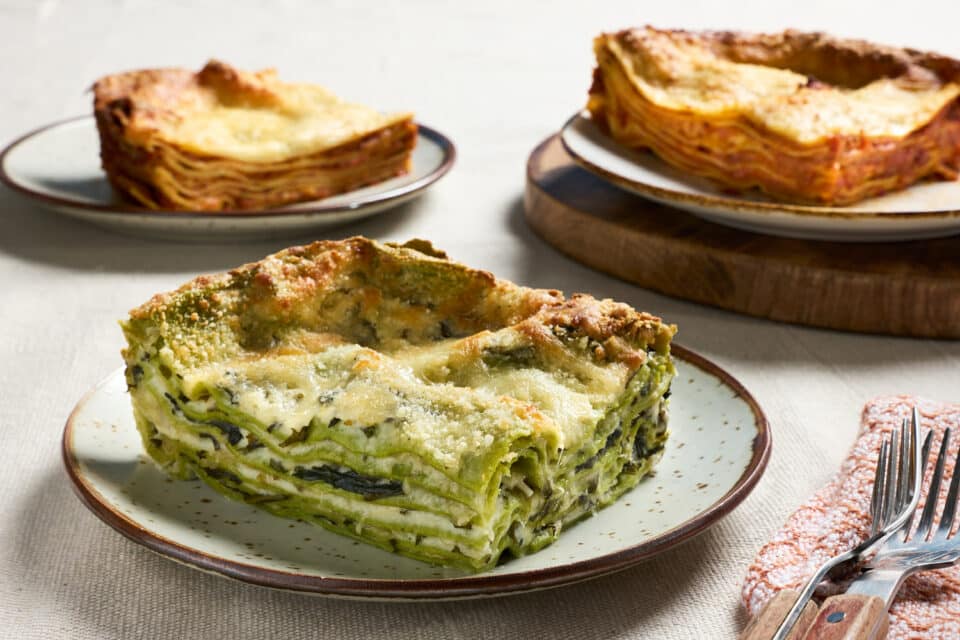What’s the difference between shoyu and miso? And what exactly is yuzu? Learn about the integral ingredients in Japanese cooking featured in our stores during Kanpai Japan!
Shoyu
Shoyu is a general term for Japanese soy sauce. Made from fermented soybeans, wheat, water & salt, shoyu is broadly used as a primary seasoning agent in Japanese cuisine. It is often used in marinades and sauces. Traditional shoyu ferments over the course of months to years.
Ponzu
At its core, ponzu is a citrus-based sauce made of simply shoyu and yuzu juice. Ponzu can be used as a tangy and salty dipping sauce for dumplings, or used as an ingredient in cooking.
Rice Vinegar
Milder and sweeter than other kinds of vinegar. Typically used in sauces and dressings.
Mirin
A type of sweet rice wine, but with a lower alcohol content. Used primarily for seasoning and glazing, but can also be used to tenderize meat.
Miso
A paste made of fermented soybeans and Koji, which is also used to ferment sake. There are different types of miso, but all miso tends to elevate the savory flavors of a dish and add umami. The two most common miso varieties are shiro and aka miso. Shiro miso (or white miso) is sweeter and less salty, while aka miso (or red miso) is richer and saltier.
Yuzu
An aromatic Japanese citrus hybrid of lemon & mandarin orange. Adds a bright zest to dressing, sauces, and desserts.
Furikake
A classic seasoning made of seaweed, sesame seeds, herbs, fish flakes, and salt. Sprinkle atop rice or noodle dishes.
Dashi
Dashi is the base of many Japanese soups and the foundation of Japanese cuisine. Typically made from Konbu seaweed with dried fish and/or mushroom, dashi is made more like a tea than a western soup stock.
Katsuobushi
Salted, smoked, fermented, and dried katsuo loins, which is a fish similar to albacore tuna. Katsuobushi is a fundamental flavoring in Japanese cuisine and an essential ingredient in dashi. You may see Katsuobushi labeled as the English translation “bonito flakes”.
Ume/Umeboshi
Salt-pickled Japanese plums. With intense acidity, these tart treats are an everyday part of the Japanese diet, oftentimes added to rice and noodle dishes.
Soba
Traditional Japanese thin buckwheat noodles, best eaten cold and dipped in dashi and shoyu-based sauce.
Udon
Traditional Japanese thick wheat noodles that are typically added to a dashi-based soup.
Ramen Noodles
Available in a plethora of options, from air-dried to fresh, ramen noodles are the backbone of many Japanese noodle dishes. Typically made with wheat, salt & water, these noodles can be added to ramen base for a perfect soup or stir-fried with vegetables and protein.
Ramen Bases
Ready-t0-heat ramen bases made with simmered proteins, vegetables, and fermented soybean. Simply add ramen noodles and your favorite toppings.



